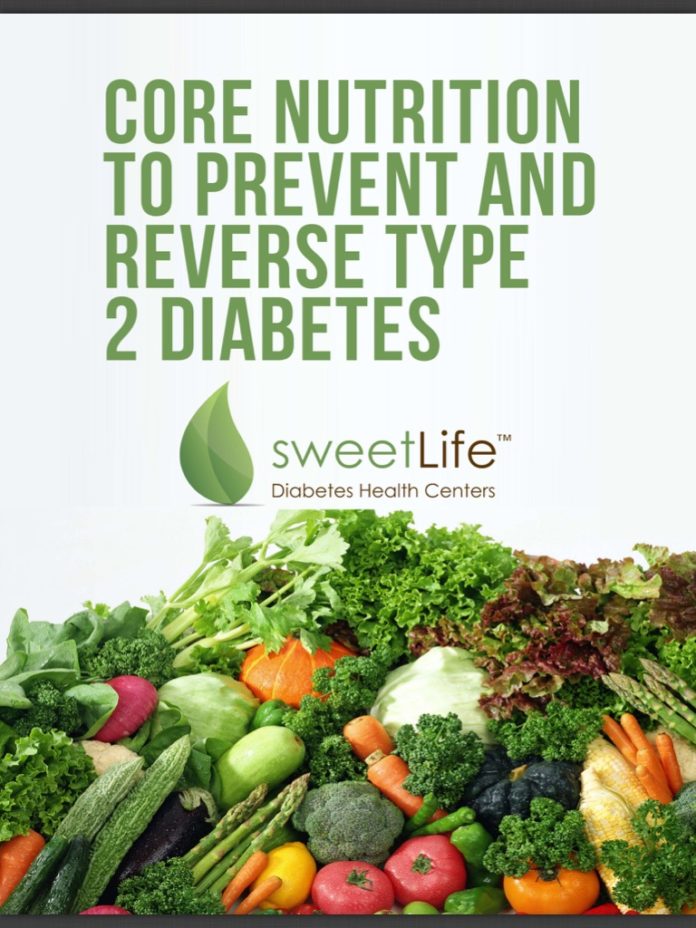Diabetes mellitus (DM), commonly referred to as diabetes, is a group of metabolic disorders in which there are high blood sugar levels over a prolonged period.
Diabetes is a disease in which blood glucose levels are above normal. Most of the food we eat is turned into glucose, or sugar, for our bodies to use for energy. The pancreas, an organ that lies near the stomach, makes a hormone called insulin to help glucose get into the cells of our bodies.
Symptoms of high blood sugar include frequent urination, increased thirst, and increased hunger. If left untreated, diabetes can cause many complications. Acute complications can include diabetic Ketoacidosis, hyperosmolar hyperglycemic state, or death. Serious long term complications include cardiovascular disease, stroke, chronic kidney disease, foot ulcers and damage of the eyes.
Diabetes is due to either the pancreas not producing enough insulin or the cells of the body not responding properly to the insulin produced. There are three main types of diabetes.
The most common types of diabetes are type 1, type 2, and gestational diabetes.
In type 1 diabetes, your body does not make insulin. Your immune system attacks and destroys the cells in your pancreas that make insulin. Type 1 diabetes is usually diagnosed in children and young adults, although it can appear at any age. People with type 1 diabetes need to take insulin every day to stay alive.
In type 2 diabetes, your body does not make or use insulin well. You can develop type 2 diabetes at any age, even during childhood. However, this type of diabetes occurs most often in middle-aged and older people. Type 2 is the most common type of diabetes.
Its more likely to develop type 2 diabetes if you are age 45 or older, have a family history of diabetes, or are overweight. Physical inactivity, race, and certain health problems such as high blood pressure also affect your chance of developing type 2 diabetes. You are also more likely to develop type 2 diabetes if you have prediabetes or had gestational diabetes when you were pregnant.
Gestational diabetes develops in some women when they are pregnant. Most of the time, this type of diabetes goes away after the baby is born. However, if you’ve had gestational diabetes, you have a greater chance of developing type 2 diabetes later in life. Sometimes diabetes diagnosed during pregnancy is actually type 2 diabetes.
Over time, high blood glucose leads to problems such as
- heart disease
- stroke
- kidney disease
- eye problems
- dental disease
- nerve damage
- foot problems
You can take steps to lower your chances of developing these diabetes related health problems.
According to top medical doctors, nutritionists, scientists and now even the media, type 2 diabetes is a completely reversible condition. In many cases, type 2 diabetes can be reversed in less than 30 days. Yet millions of people all over the world are being told that diabetes is “genetic” and that they have to live with it the rest of their life.
The following are the foods you must remove to reverse diabetes Naturally:
Refined sugar rapidly spikes blood glucose and soda, fruit juice and other sugary beverages are the worst culprits. These forms of sugar enter the blood stream rapidly and can cause extreme elevations in blood glucose. Even though natural sweeteners like raw honey and maple syrup are better options, they can still affect blood sugar.
Grains, especially gluten containing grains like wheat, contain large amounts of carbohydrates which are broken down into sugar within a few minutes of consumption. As discussed earlier, gluten can cause intestinal inflammation which affects hormones like cortisol and leptin, and can lead to spikes in blood sugar.
Conventional cow’s milk, should be eliminated especially for type 1 diabetics. Dairy can be a fantastic food for balancing blood sugar if it comes from goat’s, sheep, or A2 cows. Stay away from all other forms of dairy because the A1 casein produced by conventional cows will harm the body and trigger an immune response similar to gluten.
Alcohol can dangerously increase blood sugar and lead to liver toxicity. Beer and sweet liquors are high in carbohydrates and should be avoided.
Glucose is actually toxic if it is just floating around in your bloodstream, so that body has a defense mechanism. Any glucose that is not immediately used is stored as glycogen in the liver and the muscles. This would be all well and good except that your body has a limited number of glycogen receptors. When these are full, as they almost always are in inactive people, the body only has one option left: to store all the excess glucose as saturated fat within the body.
High fibre vegetables such as peas, beans, broccoli and spinach /leafy vegetables should be included in one’s diet. Also, pulses with husk and sprouts are a healthy option and should be part of the diet.
Pulses are important in the diet as their effect on blood glucose is less than that of most other carbohydrate containing foods. Vegetables rich in fibre help lowering down the blood sugar levels and thus are healthy.
Fruits high in fibre such as papaya, apple, orange, pear and guava should be consumed. Mangoes, bananas, and grapes contain high sugar; therefore these fruits should be consumed lesser than the others.
A person with diabetes should follow a diet which is low in carbohydrates, high in fibre and contains adequate amounts of proteins, vitamins and minerals; and avoid fatty foods and sweets.
Exercise is another crucial part of improving insulin sensitivity. It naturally supports metabolism by burning fat and building lean muscle. To prevent and reverse diabetes I recommend getting outside and walking 20 to 30 minutes a day.
Commitment to exercise has allowed a number of people to successfully reverse their type 2 diabetes. Exercise helps the body to become more sensitive to its insulin. In combination with a healthy diet, exercise can reduce the demand for insulin in the body and therefore help reverse diabetes.

























